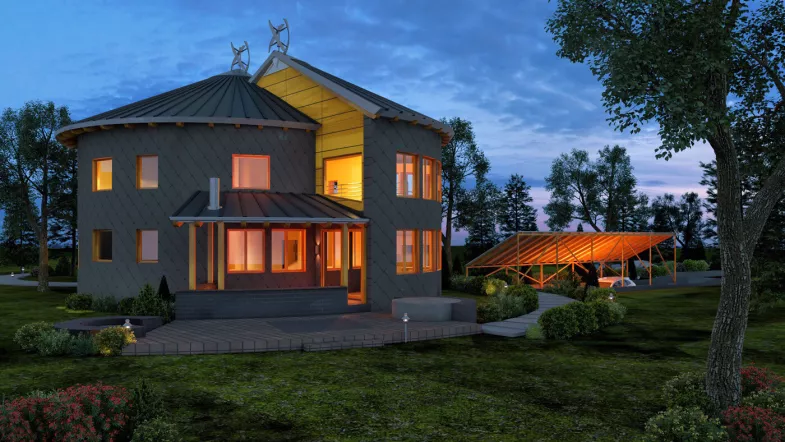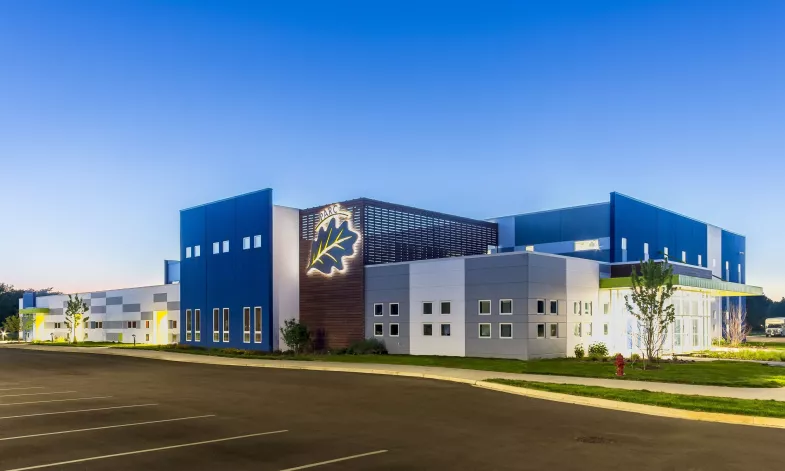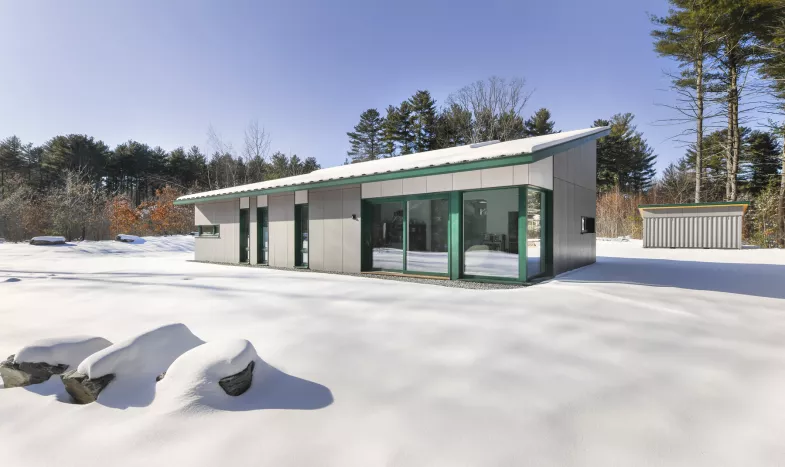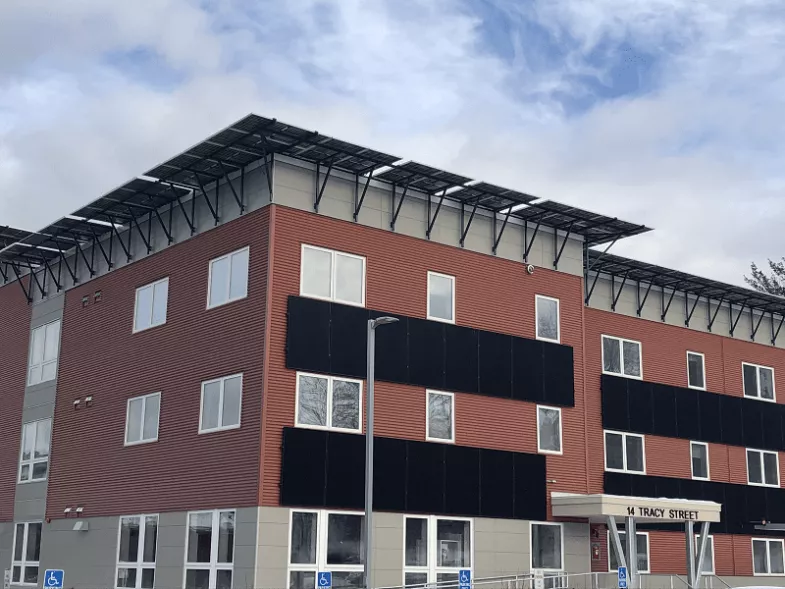How Phius is Leading the Charge to Zero
With Net Zero Buildings Week on the horizon, we take a look at the Phius ZERO standard and what makes Phius the best path to net zero.
With Net Zero Buildings Week on the horizon, we take a look at the Phius ZERO standard and what makes Phius the best path to net zero.
One may be the loneliest number, but zero is the most popular number in the building industry right now.
Zero carbon directives are being written into legislation across the country and entire conferences are organized around the idea of zero – and for good reason. Given the current state of the climate situation, nothing short of zero will be sufficient to meet, or even approach, our climate goals. That is why we’re thrilled to once again be participating in Net Zero Buildings Week presented by New Buildings Institute.
The digital event brings together dozens of organizations to share resources, thought leadership, and other information related to net zero building on social media using the hashtag #Decarb4Good. We’ll be sharing all sorts of tools and information about Phius’ net zero efforts, so be sure to tune in to our Phius social media channels June 12-16 for all the action.
Several participating organizations are also hosting virtual programming in conjunction with the event. You can find more details here. As our own precursor to Net Zero Buildings Week, we’d like to provide some insight into our journey to becoming the smartest path to zero and share some exemplary zero energy Phius projects.
We don’t take the claim of being the smartest path to zero lightly. We have a proven method for designing and building net zero projects of all shapes and sizes in all climate zones. As the idea of zero continues to proliferate, we plan to lead the way as more and more developers demand that their projects are net zero.
We know net zero or zero carbon projects are the present and future of sustainable building. That is why we at Phius have been certifying zero energy projects for years, and released the Phius ZERO standard in 2021, which defines a conservation-and-quality first approach for zero energy design.
The optimal path to zero must start with efficiency. Relying on large arrays of renewables and the constant use of active electric mechanical systems to reach net zero is not an effective strategy. Without first addressing the efficiency and resilience of the building, these measures will only serve to increase upfront carbon costs and further strain the electrical grid. This is why Phius ZERO focuses on the aforementioned conservation-first approach.
So what is it that makes Phius ZERO the best path to zero energy? To name a few:
For a more in-depth look at what it takes to certify a Phius ZERO project, check out our Achieve Phius ZERO page.
There is a growing catalog of fantastically efficient net zero Phius projects, including those highlighted below.




As we continue striving to support comfortable living for all and the well being of the planet, net zero building will play a significant role. We look forward to continuing to provide the best path to zero, and anticipate even greater adoption in the near future.